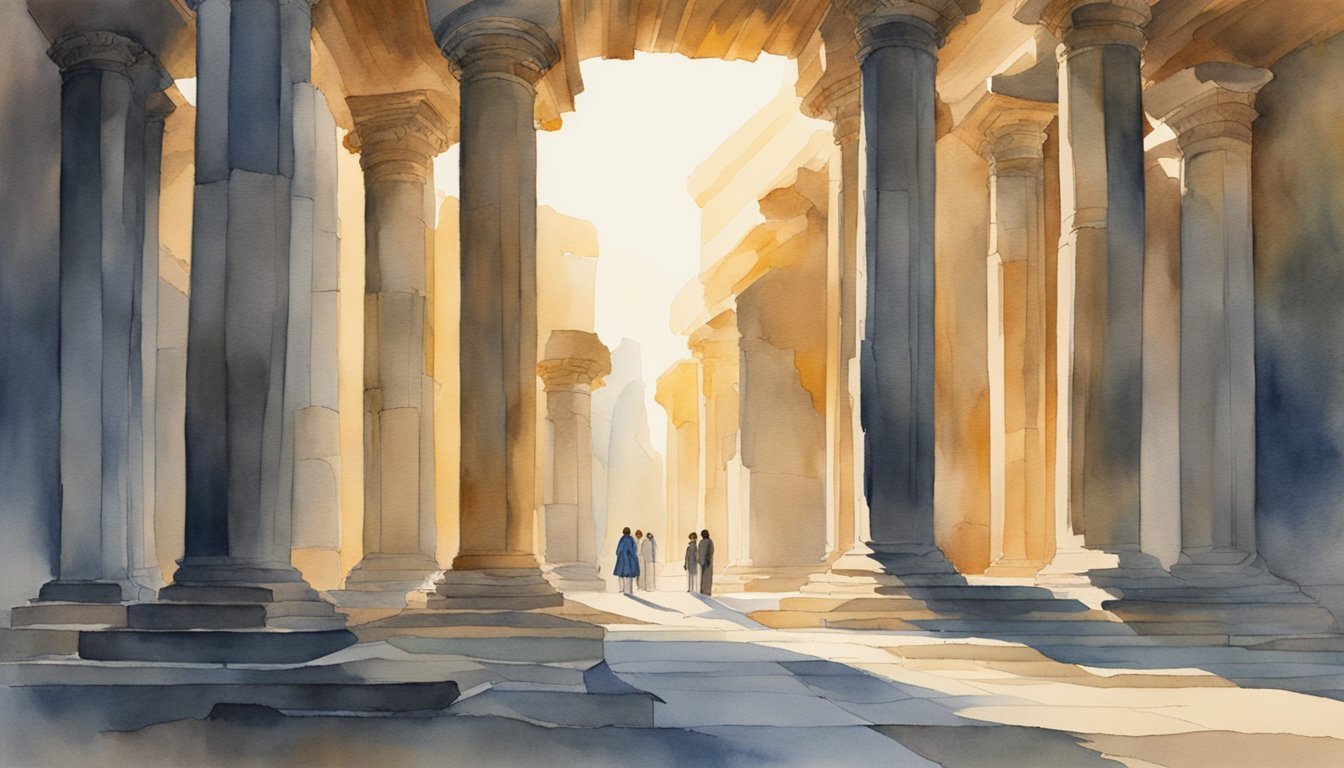Understanding Stonehenge
Historical Significance
Stonehenge is a prehistoric megalithic structure located on Salisbury Plain in Wiltshire, England. It dates back to the Neolithic and Bronze Age periods, making it one of the most famous and intriguing prehistoric monuments. Its historical significance is highlighted by its recognition as a World Heritage Site.
Geographical Context
Located about 8 miles (13 km) north of Salisbury, Stonehenge is found in the region of Wiltshire in England. It is part of a larger, ancient landscape that includes the nearby site of Avebury.
Architectural Elements
Stonehenge consists of an outer ring of vertical sarsen stones, each standing about 13 feet (4.0 m) high, and weighing around 25 tons. These massive stones are topped by horizontal lintel stones, forming a series of “trilithons.” Inside the outer ring, there is a circle of smaller bluestones.
Chronological Development
The monument was built over a span of more than a thousand years. It has been found to be constructed in six stages between 3000 and 1520 BCE, during the transition from the Neolithic Period to the Bronze Age. This long and complex developmental history is part of what makes Stonehenge so fascinating to archaeologists and historians.
Cultural Connections
Although the exact purpose of Stonehenge remains unknown, it is widely believed that spirituality was at the heart of its construction. Neolithic and Bronze Age peoples invested immense effort into building the monument, despite it having no known practical function. Many theories have been proposed over the years about its purpose, such as a place of worship, a burial site, or even a celestial observatory. John Aubrey, a 17th-century antiquarian, was one of the first to carry out systematic studies of the site. Today, archaeologists continue to study and explore Stonehenge for further insights into its cultural and historical connections to prehistoric society and the region.
Cultural and Ritual Significance

The Alignment with Celestial Events
One unique aspect of Stonehenge is its alignment with celestial events, suggesting a connection with astronomy. The monument’s design is said to be specifically aligned with the solstices. Most notably, the midsummer sunrise is aligned with the Heel Stone, while the midwinter sunset aligns with a gap in the circle of stones. This configuration has led researchers to propose that Stonehenge may have been used as an astronomical calendar.
Burials and Ceremonies
Stonehenge also appears to have served as a place for burials and ceremonies. Numerous human remains have been discovered in and around the site, indicating that it may have been a place where ancestors were buried. Some of the remains show evidence of injuries, suggesting that Stonehenge was a place where rituals and ceremonies occurred. The nearby River Avon and other features of the landscape were likely significant in these rituals as well.
Mythology and Folklore
Over the centuries, many myths and legends have arisen around Stonehenge. Some believe the stones were placed by Merlin, the legendary wizard associated with King Arthur’s court, while others attribute its construction to the Celts or the Druids. Saxon and Roman histories also mention Stonehenge, adding to its storied past. However, many of these claims have been debunked by modern scholarship in favor of more scientific explanations.
Modern Interpretations and Celebrations
Today, Stonehenge still captivates the public’s imagination and continues to be a site of mystery and wonder. The monument has become a place of modern celebrations such as the Summer and Winter Solstice, attracting people from all around the world who come to witness the sunrise and sunset aligned with the stones. These gatherings are reminiscent of the ceremonies and rituals that may have taken place thousands of years ago, demonstrating the enduring cultural and ritual significance of Stonehenge.

